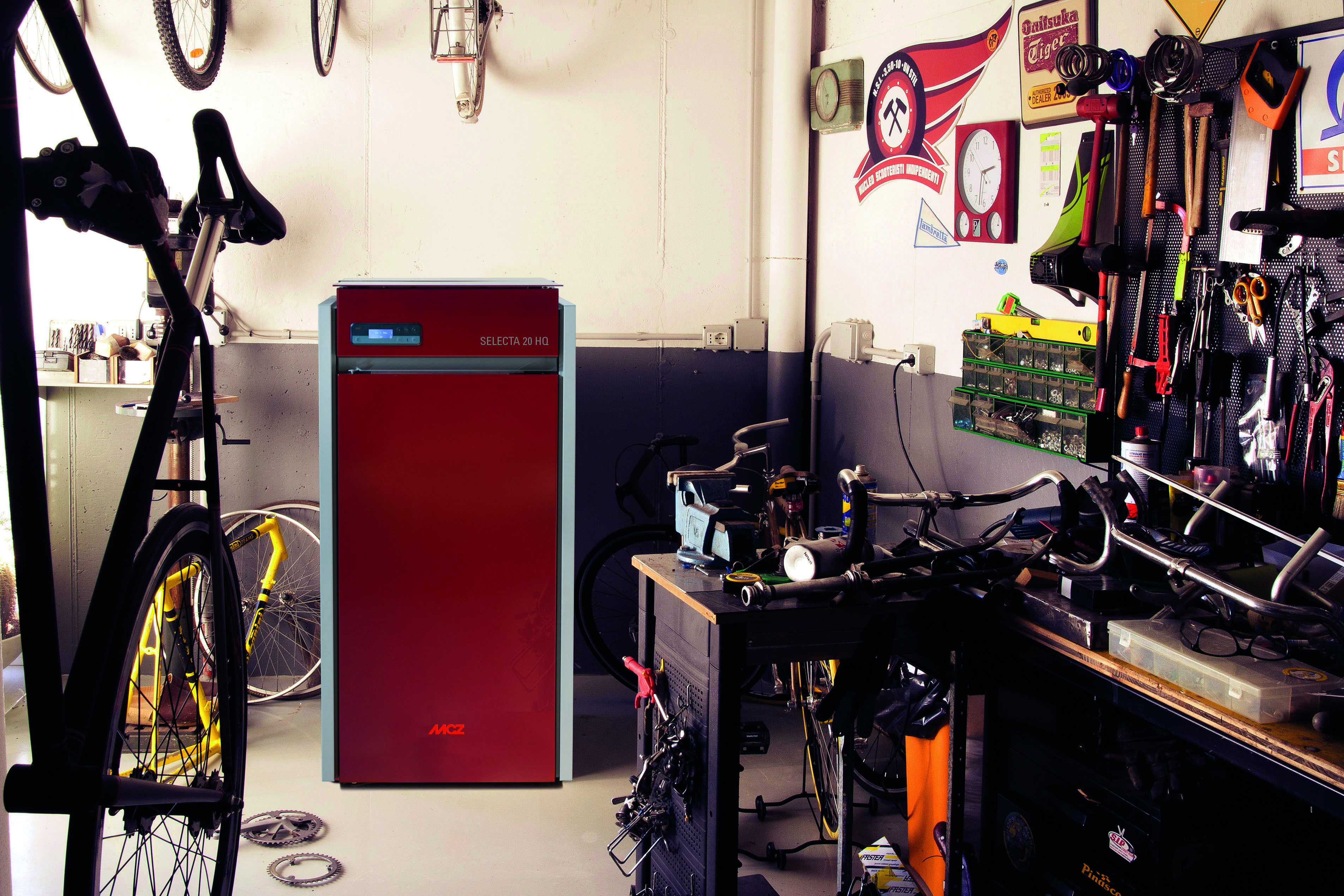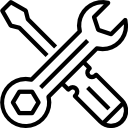SAVE ON HEATING AND HOT WATER
Using a renewable and economical energy source to heat your home is definitely a smart choice. Think of pellets: this natural fuel costs less than methane and diesel, doesn’t pollute, and can be used to heat one or more rooms in your home. By choosing a hydrostove or pellet boiler, you can even heat the water for your heating system and plumbing circuit, continuing to use your existing setup with significantly lower costs. To ensure maximum savings and comfort, however, you need to carefully analyze the pros and cons of both solutions. That’s exactly what this article will help you do.
Hydrostove or Pellet Boiler: Which Is Better?
We compared hydrostoves and pellet boilers to help you determine what’s best for you.
A hydrostove works like a traditional pellet stove, installed in a specific spot in your home, but instead of only heating the room air, it also heats water and circulates it through the existing heating system, whether radiators or underfloor radiant panels. Thanks to the integrated heat exchanger, the hydrostove can transfer the heat produced by pellet combustion to the water, allowing you to efficiently heat the entire house.
The hot water produced can also be used for domestic use, significantly reducing your utility bill thanks to pellets.

Note:
Some heat is always released into the room where the hydrostove is installed—by natural convection or, depending on the model, by forced ventilation. This is a benefit in winter, as it heats the room directly. But in summer, if the stove is also used for domestic hot water, it becomes a downside: for a hot shower, you need to run the stove for at least 30 minutes, which can be uncomfortable in high temperatures.
That's why, for heating + domestic hot water all year round, a pellet boiler is more suitable. Unlike a stove, a boiler is installed in a dedicated technical room.
The operating principle is the same: the boiler uses the heat from pellet combustion to heat water and distribute it evenly through radiators or underfloor loops.
Advanced pellet boiler models have a specific “summer” mode that prevents hot water from going to radiators. Even if the boiler turns on, the radiators remain off, and hot water is only directed to the domestic system.
Frequent short activations may impair the boiler’s performance in the long run. That’s why pairing the boiler with a buffer tank is highly recommended. It stores hot water and supplies it as needed, even when the boiler is off.

Note:
Thinking of installing a pellet boiler? Consider the space needed. A boiler is larger than a hydrostove and requires more room, especially with a hot water tank. That’s why it needs to be installed in a dedicated room like a basement or garage, where some heat emission in summer won’t be a problem. Some compact models include a built-in hydraulic group and pellet tank, allowing installation even in smaller spaces.
Advantages?
With either hydrostove or boiler:
- You save compared to old methane or diesel systems
- You combine room heating with domestic hot water production.
As you've seen, there’s no single “best” pellet heating solution. But there is a best one for you. Finding it is easy with the help of a professional who can assess your family’s energy needs and recommend the right product.
Let’s see what customers who already chose have to say.
Customer Reviews – Pellet Boiler
Here’s what some of our customers told us after installing a pellet boiler.
“Installing a pellet boiler was the best decision I’ve made for my home” says Daniele, who recently replaced his old diesel generator with a pellet boiler.
“I was tired of high heating and hot water bills, so I chose an efficient and affordable boiler. I contacted an MCZ expert and together we assessed the actual thermal energy needs of my home to find the best-suited boiler.”
The result?
Daniele and his family installed a pellet boiler with a tank, with extremely low emissions, ensuring significant savings.
Now they have hot water 365 days a year—for both heating and domestic use.
Hydrostove – Customer Reviews
Elisabetta and Bruno bought an MCZ hydrostove after seeing one at a friend’s house. They installed it in the living room, using an existing chimney. It’s programmed to turn on at 4 p.m., just before the family returns home. Operating only 4 hours per day, they can:
- Heat the living area to 23°C
- Maintain 20°C on the upper floor (160 sqm)
- Warm the basement slightly
The stove heats water that circulates in radiators.
The buffer tank connected to the hydrostove proved essential for domestic use, as it keeps hot water available even when the stove is off.
Their setup also includes four solar panels. On sunny winter days, they help heat the water, and in summer, they cover all domestic hot water needs.
What About Prices?
There are no standard prices since every project is tailored to the family’s needs and the home’s specifics.
What is certain is that both hydrostoves and pellet boilers qualify for tax incentives for energy upgrades, helping you reduce the total investment.
Need help choosing the right solution for you? Request a free consultation!


